EUROPEAN CULTURE
www.nacta.edu.cn
This course was devised at the request of the National Academy for Chinese Theatre Arts in Beijing, and designed to be taught in English to a small group of fourth year students, usually between 20 and 25 in number. Each of them had an artistic training in music, dance or theatre, and most were destined for careers in arts management. The course was planned as seventeen lectures to be given over a seventeen week period, with three hours for each lecture including time for a break. Each lecture was given in the form of a presentation with between 100 and 130 slides providing background information, examples of the major art-forms and also selection of music to support the argument. The course was delivered three times in the period 2006-2008.
This is the course outline:
- Frederick II
- The Italian Renaissance
- Mesopotamia and Egypt
- Greece
- Rome
- Christianity and the Holy Roman Empire
- External forces: Byzantium and Islam
- Reformation and Counter-Reformation
- Northern Renaissance
- 1600: New Wealth
- The Enlightenment
- Industrial and Political Revolution
- Romanticism
- The Beginnings of Modern Art
- Fin de Siècle and Collapse
- Post-1918
- Contemporary culture
As can be seen, the definition of Europe is a very broad in order to include some very important influences, especially for example ancient Egypt and Christianity, which have had a huge impact on European culture. The first of these lectures, on the Emperor Frederick II, who died in 1250, was in order to make this broad definition clear in the person of a man who for family reasons and natural inclination was a composite of Norman, Italian, German, Sicilian, Greek-Byzantine and Islamic culture. He was the porto-renaissance Man. Then, after a lecture on the Italian Renaissance, which most Chinese students of art have some knowledge of already, the course went back to deeper origins and moved chronologically up to the present. Each lecture had a standard format which can be seen in the slide here. In this way it was possible to keep parallel strands running for seventeen weeks.
There were high-quality images of each of the main art forms, biographical information of the main people, and at least four or five musical examples from each lecture. The plan now is to create an online version, to provide the first lecture made as a short film as soon as possible and eventually to make them all available, via streaming or download.


